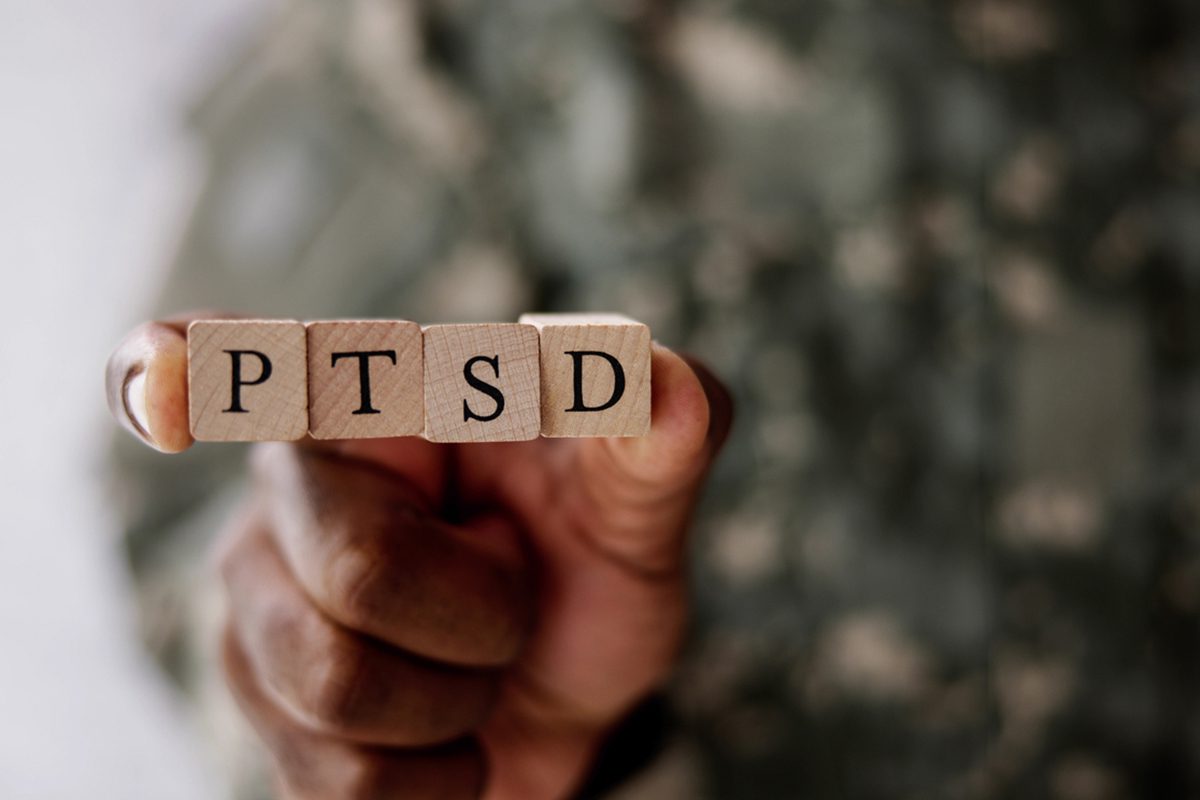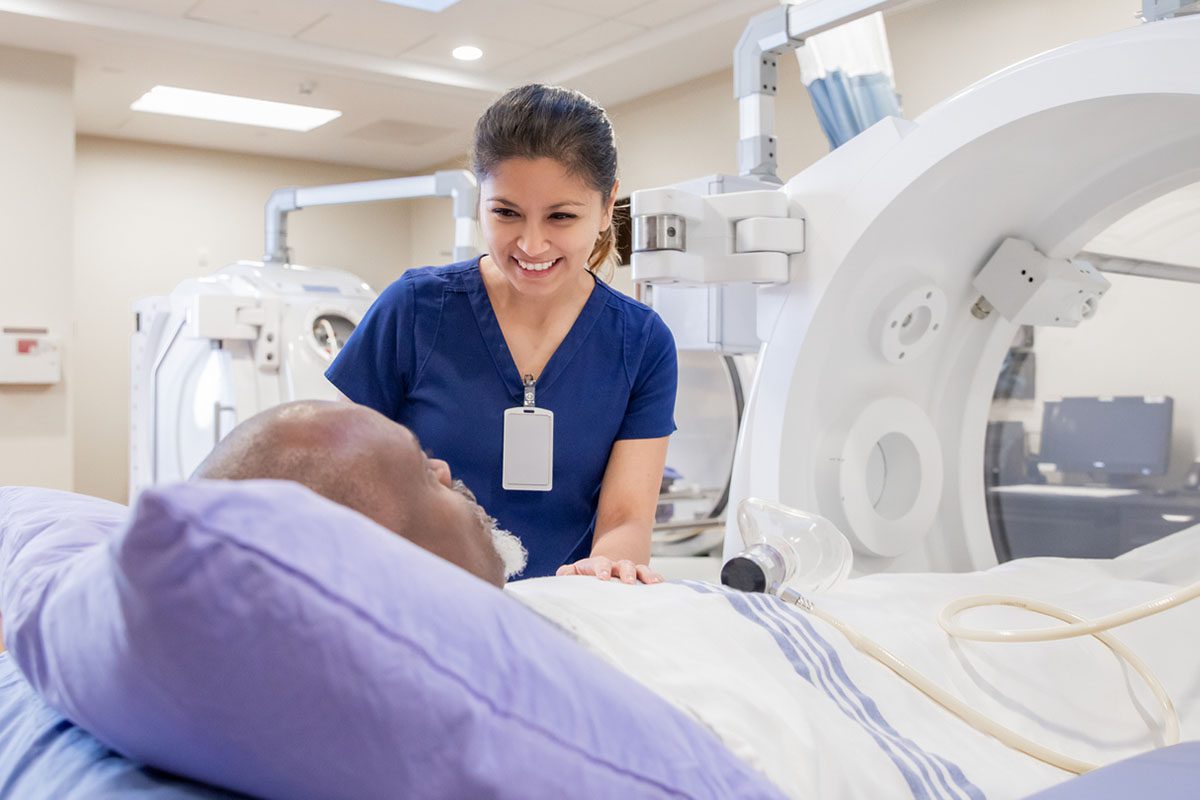Objective: To characterize the prevalence, risk and protective correlates, and clinical characteristics associated with probable subthreshold posttraumatic stress disorder (PTSD) in police and nontraditional (eg, construction workers) World Trade Center (WTC) responders a median of 12.2 years after September 11, 2001.
Methods: A total of 4,196 WTC responders, monitored via the WTC Health Program, completed a web-based survey between 2012 and 2014 assessing a range of variables, including demographics, WTC exposures, medical and psychiatric comorbidities, and mental health services use. The sample included 2,029 police responders and 2,167 nontraditional responders. Current (past-month) probable WTC-related PTSD level (none, subthreshold, or full PTSD) was assessed based on DSM-IV criteria using the PTSD Checklist-Specific Stressor version (PCL-S).
Results: The prevalence of current probable full and subthreshold WTC-related PTSD in police responders was 9.3% and 17.5%, respectively, and in nontraditional responders was 21.9% and 24.1%, respectively. Risk and protective correlates for subthreshold PTSD included post-9/11 medical comorbidities and traumatic events (odds ratios [ORs] = 1.1-1.2). Clinical characteristics included elevated rates of comorbid depression (OR = 3.2 and 3.9 for subthreshold PTSD and 17.2 and 30.3 for full PTSD for nontraditional and police responders, respectively). Among responders with subthreshold PTSD, police were more likely to have accessed mental health services and utilized a greater variety of treatments than nontraditional responders.
Conclusions: Overall, 26.8% of police and 46.0% of nontraditional responders met criteria for probable WTC-related full or subthreshold PTSD an average of 12 years after 9/11. Probable subthreshold PTSD, which is not typically assessed in clinical settings, was more prevalent than probable full PTSD and was associated with significantly elevated rates of psychiatric comorbidities, functional impairment, and reduced quality of life. These findings underscore the importance of assessing, monitoring, and possibly treating subthreshold PTSD in WTC and other disaster responders.
Members Only Content
This full article is available exclusively to Professional tier members. Subscribe now to unlock the HTML version and gain unlimited access to our entire library plus all PDFs. If you’re already a subscriber, please log in below to continue reading.
Please sign in or purchase this PDF for $40.00.
Already a member? Login




